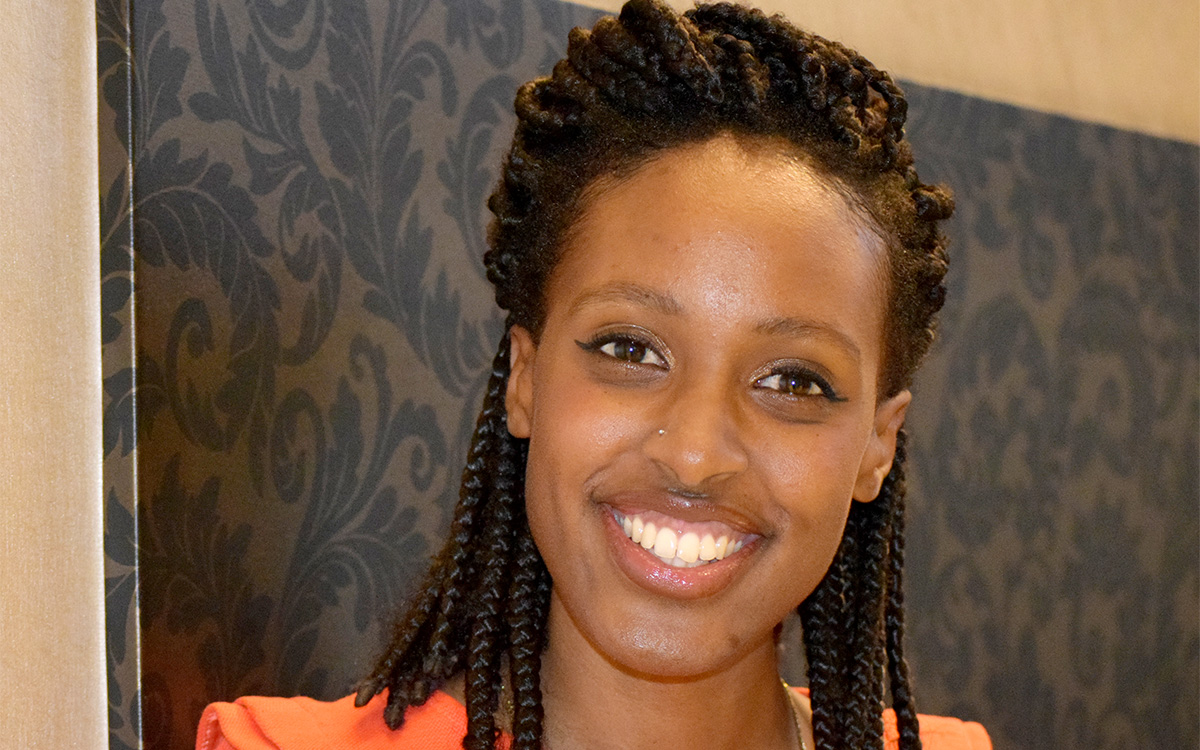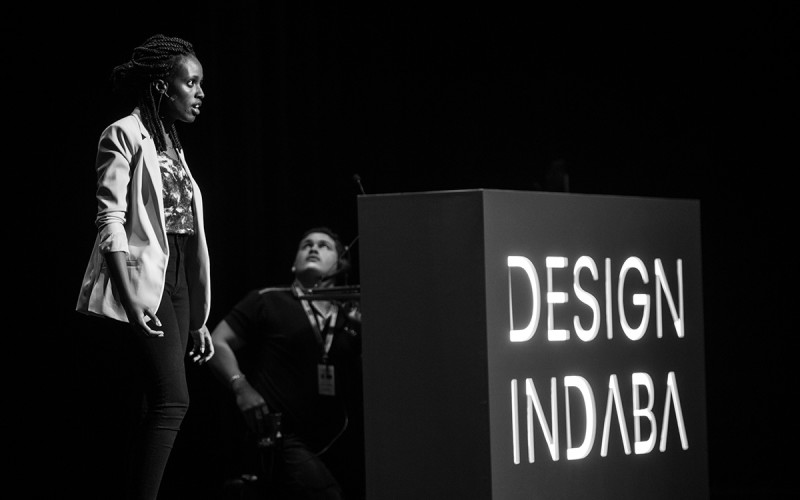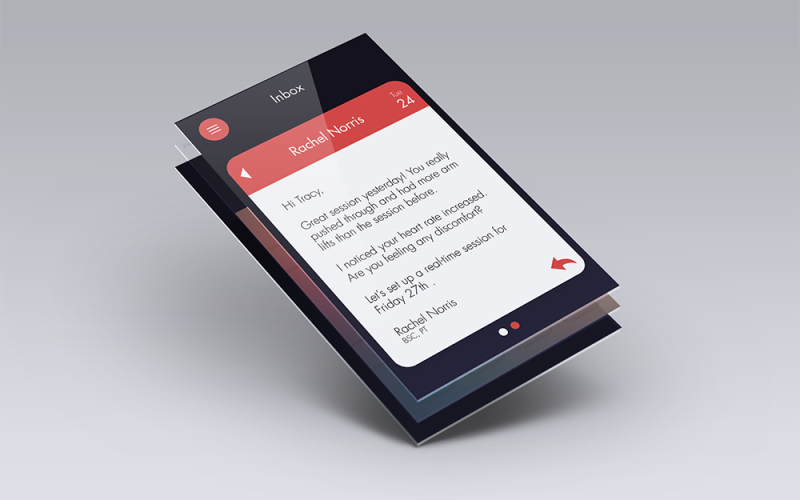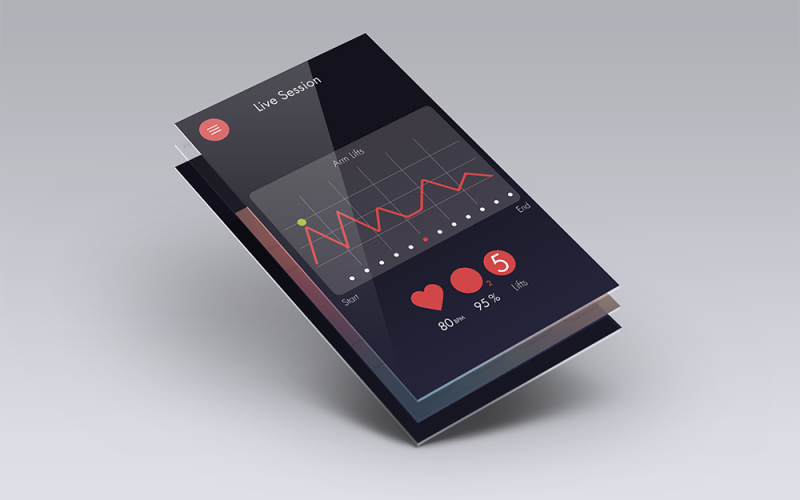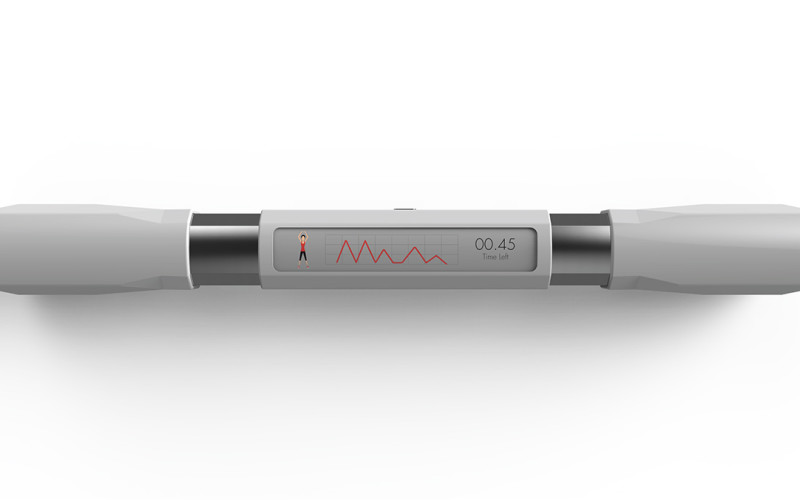Educational institution: Carleton University (Canada)
Programme: Bachelor of Industrial Design
Year of graduation: 2015
What made you decide to become an industrial designer?
Industrial design as a career path was an unexpected but pleasant surprise. While most people may know their passions early on, I happened to stumble across mine while I was already enrolled at Carleton University for another programme. While there, I learnt about industrial design and made it my goal to be a part of designing memorable and beneficial products.
Being born and raised in Uganda, culture has always played an important role in the way I interact with my surroundings and other people. I wanted to explore different cultures, values and creativity and integrate these findings into designing honest products. Industrial design was my ticket to achieving that.
In your opinion, what types of people are best suited for the profession of industrial design? What is a typical industrial designer like?
As an industrial designer, I believe it is IMPORTANT to be empathetic. Designing beneficial solutions to meet the needs and reflect the values of users is what industrial design is about. What better way to do this, than than to step into the user’s shoes to understand what problem they are facing, and find ways to tackle it.
Where did you study industrial design and what was the most important thing you learned?
I studied industrial design at Carleton University in Ottawa, Canada. I have to say, those were some of the best years of my life because I learnt so much about myself, what I am capable of and what I want to contribute to society.
The most important thing I learned was to never lose sight of the user! We all come from different backgrounds, have different experiences, values, and needs. The user should essentially be the first and the last person considered during product development. I really believe that integrating culture and personal values into design is important in ensuring the outcome of an impactful and honest product.
That being said, I like to think I’m still learning about industrial design and I’m excited to see what I can do with it.

